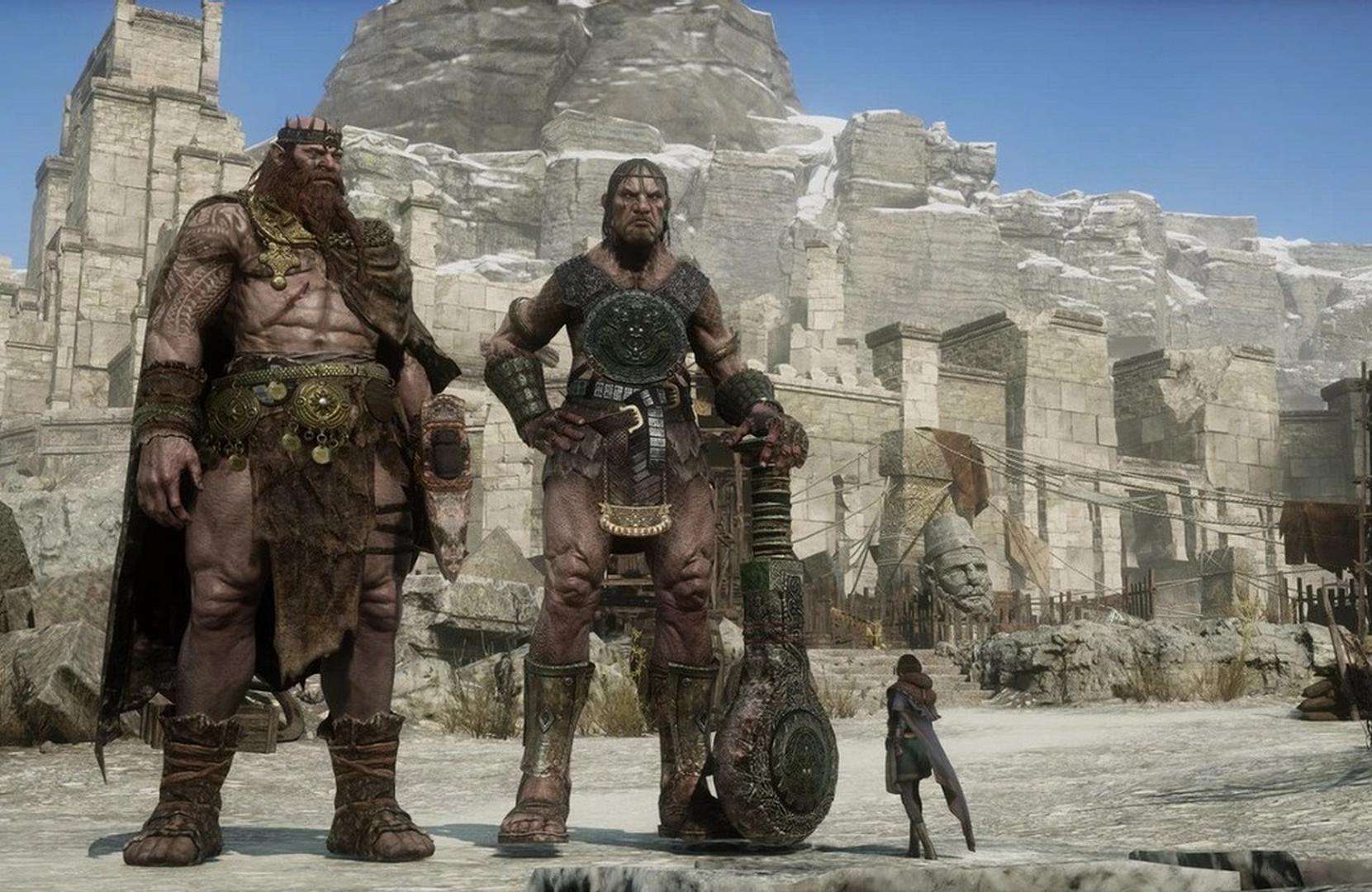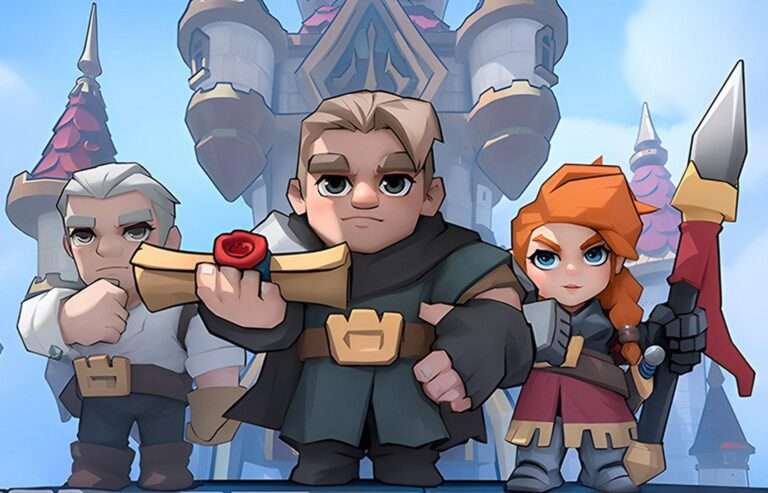Odin: Valhalla Rising – Leveling & Gear Progression Guide

Leveling Guide
Ву Rili.
Level 1–30: Onboarding & System Unlocks
- Focus on Main Quests only during this stage – side content is inefficient until systems are unlocked.
- Do not enhance early gear; dismantle everything unused to stockpile crafting and upgrade materials.
- Unlock key systems at these confirmed breakpoints:
- Codex becomes available at Lv. 10, tracking gear, runes, and summons for passive bonuses.
- Town Quests unlock at Lv. 20, offering EXP and consistent crafting resources.
- Rune System unlocks at Lv. 30 (first 3 slots).
- First Weekly Dungeon access begins at Lv. 30 through the Dungeon menu.
Level 30–40: Gear Foundation & Rune Use
- Start enhancing crafted gear to +3–+5 max – avoid RNG risk beyond this.
- Craft Rare gear using dismantled materials.
- Equip Runes for key stats (ATK%, Crit Rate, HP). Use even lower rarity Runes to activate Codex bonuses.
- Town Quests become your core EXP source – complete them daily.
Level 40–50: Dungeon Entry, Codex Growth, Second Rune Set
- Second Rune slot row unlocks at Lv. 40 (6 total).
- Weekly Dungeons become available – plan clears around key drop rewards.
- Start chasing Codex bonuses from gear, runes, and summons.
- Enhance gear if resources allow, but prioritize stable upgrades over gambling to +6 or higher.
General Tips
- Always dismantle gear you won’t use or wear once to fill Codex sets.
- Use crafting menus to preview future upgrades so you don’t waste enhancement materials.
- Stick to Codex-completing goals before chasing rare item enhancements.
- Avoid wasting materials enhancing gear that will soon be replaced by story milestones or crafted upgrades.
Odin-Synced Efficiency
- Focus on system unlock timing rather than EXP rush.
- EXP gains from story + Town Quests are more reliable than grinding mobs.
- Don’t ignore Feat objectives – they give Codex points, currency, and timed boosts.
Gear Progression
Gear Acquisition
- Gear is obtained through questing, dungeon rewards, crafting, and drops.
- From Lv. 1–30, rely on main quest rewards and drops.
- After Lv. 30, begin crafting Rare gear using dismantled materials and vendor blueprints. Blueprints can be acquired from specific NPC merchants (typically blacksmiths or armor crafters) found in regional towns. These blueprints are essential for unlocking gear recipes in the crafting interface and often require in-game currency or crafting materials to purchase. (Source: Global Kakao Craft Guide)
Enhancement System (Global Verified)
- Enhance gear up to +3 safely; +4–+5 have mild failure risk but no destruction (Accessories can break after +1)
- Going above +5 introduces stat loss or reset on failure.
- Use Enhancement Support Scrolls to reduce risk (Global-available item).
- Prioritize enhancing:
- Main weapon
- Armor chest/head
- Accessories only if needed for stat thresholds
Crafting & Dismantle Flow
- Dismantle unused equipment to gain:
- Enhancement Materials
- Crafting Shards (used for Rare gear)
- Use crafting NPCs or crafting menu to build:
- Stat-stable Rare/Epic gear
- Progression gear for Codex completion
Gear Grades & Stat Rolls
- Gear grades: Common → Uncommon → Rare → Epic → Legendary → Mythic
- Higher grades unlock:
- More base stats
- Random substats (e.g. Crit Rate, HP%, Skill DMG%)
- Compatibility with Set Effects
Unsure for Global – Gear Set bonuses are verified in JP/KR clients but not fully shown in the Global guide.
Codex Synergy
- Wearing or even temporarily equipping gear logs it in the Codex.
- Registered gear contributes to permanent passive bonuses (HP, ATK, Crit, etc).
Odin-Synced Optimization Tips
- Don’t over-enhance early gear – focus on Codex unlocking and stable Rare sets.
- Save high enhancement materials for gear you plan to keep long-term.
- Always preview gear upgrade paths in the crafting menu before using rare resources.
- Use set effect pieces (when available) to unlock bonus damage, crit, or PvP defense.
Glossary
| Term | Meaning |
| Codex | Permanent passive stat system that tracks all collected gear, summons, runes, and sealstones. |
| Mileage Tokens | Points earned from summoning; used to purchase targeted Codex fillers or rare items. |
Feats | Account-wide achievements that grant stat rewards, enhancement materials, and Codex points. |
| Sealstones | Passive equipment-like items that give flat stats or set bonuses. They are not gear. |
| Runes | Equipable items that go into separate rune slots unlocked at Lv. 30, 40, and 60+. Boost stats. |
| PK | Player Kill. Enables open-world PvP with a karma system that penalizes repeat killing. |
| Codex Logging | The process of equipping an item once so it registers into your permanent Codex bonuses. |
| Set Effects | Bonus stats activated when wearing gear of the same set name. Not fully available in Global yet. |
| Weekly Dungeon | PvE content with limited entries per week that drop rare mats, enhancement scrolls, and tickets. |
FAQ
Should I enhance every item I get?
No. Only enhance gear you plan to keep. Stop at +3–+5 early on for safety. Save scrolls for good gear.
What do I do with duplicate summons or runes?
Equip them first to register in Codex, then dismantle or use as enhancement/merge material later.
Are Avatar/Weapon summons my real equipment?
No. They are cosmetic-style systems that boost your stats passively. Actual gear is from crafting/drops.
How do I know what to dismantle?
If it’s already logged in Codex and you don’t need it for enhancement or crafting, it’s safe to dismantle.
Can I recover dismantled gear?
No. Dismantling is final. Always check if it’s registered in the Codex first.
Why are some Codex sets locked or grayed out?
Legendary and Mythic Codex sets often require full collections or specific unlock levels (Lv. 40+, etc.).





